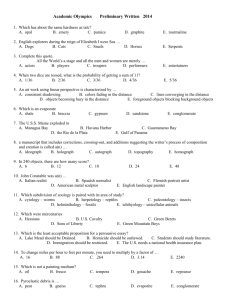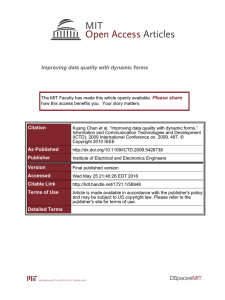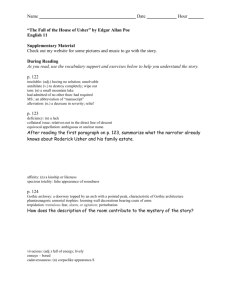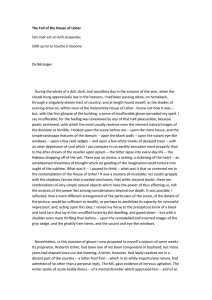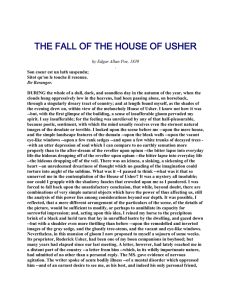Abstract - ChennaiSunday
advertisement
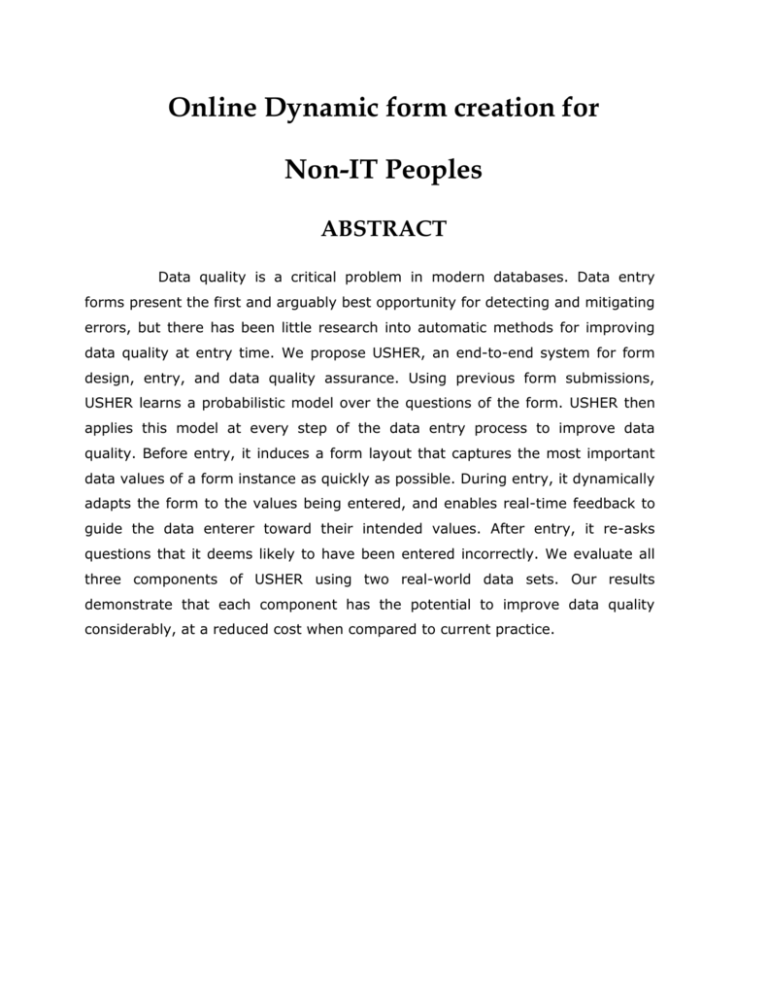
Online Dynamic form creation for Non-IT Peoples ABSTRACT Data quality is a critical problem in modern databases. Data entry forms present the first and arguably best opportunity for detecting and mitigating errors, but there has been little research into automatic methods for improving data quality at entry time. We propose USHER, an end-to-end system for form design, entry, and data quality assurance. Using previous form submissions, USHER learns a probabilistic model over the questions of the form. USHER then applies this model at every step of the data entry process to improve data quality. Before entry, it induces a form layout that captures the most important data values of a form instance as quickly as possible. During entry, it dynamically adapts the form to the values being entered, and enables real-time feedback to guide the data enterer toward their intended values. After entry, it re-asks questions that it deems likely to have been entered incorrectly. We evaluate all three components of USHER using two real-world data sets. Our results demonstrate that each component has the potential to improve data quality considerably, at a reduced cost when compared to current practice. ALGORITHM - Static ordering algorithm for form layout EXISTING SYSTEM: The existing Data quality is a critical problem in modern databases. Data entry forms present the first and arguably best opportunity for detecting and mitigating errors, but there has been little research into automatic methods for improving data quality at entry time. Disadvantage: 1. The problem of data quality is magnified in low-resource data collection settings. 2. The existing systems to use the static validation method in a form. PROPOSED SYSTEM: We propose USHER, an end-to-end system for form design, entry, and data quality assurance. Using previous form submissions, USHER learns a probabilistic model over the questions of the form. USHER then applies this model at every step of the data entry process to improve data quality. We have shown that probabilistic approaches can be used to design intelligent data entry forms that promote high data quality. Advantage: 1. The every step of the data entry process to improve data quality. 2. We have shown that probabilistic approaches can be used to design intelligent data entry forms. 3. During entry, it dynamically adapts the form to the values being entered, and enables real-time feedback to guide the data enterer toward their intended values. MODULES 1. Create Module. 2. Validation Module. 3. Insert Module. 4. View Module. Create Module: This module is used to create the form dynamically. User to allocate the fields in that form in dynamically. Fields are created using fields name, data type, requirement and necessary. Validation Module: In this module, the users create the dynamic form in a particular name. Once user to enter the submit button the form is created. Then, the user set the validation to the dynamic fields based on the user requirements. If the user does not insert the value in a particular validation field, system automatically display the validated word. Insert Module: The user is giving value to the particular form. Based on the user requirements it will be check to the validation conditions. While entering the value does not match or correct in a validation condition automatically to stop them. The users enter the correct details from the textbox. The data will be stored in a dynamic table to the database. View Module: In this module, display the table data to the user. This is also to create the dynamic values based on the user selected table name. The users create the lot of data in dynamically and also view that data in a grid view. SYSTEM SPECIFICATION Hardware Requirements: • System : Pentium IV 2.4 GHz. • Hard Disk : 40 GB. • Floppy Drive : 1.44 Mb. • Monitor : 14’ Colour Monitor. • Mouse : Optical Mouse. • Ram : 512 Mb. • Keyboard : 101 Keyboard. Software Requirements: • Operating system : Windows XP. • Coding Language : ASP.Net with C# • Data Base : SQL Server 2005.




